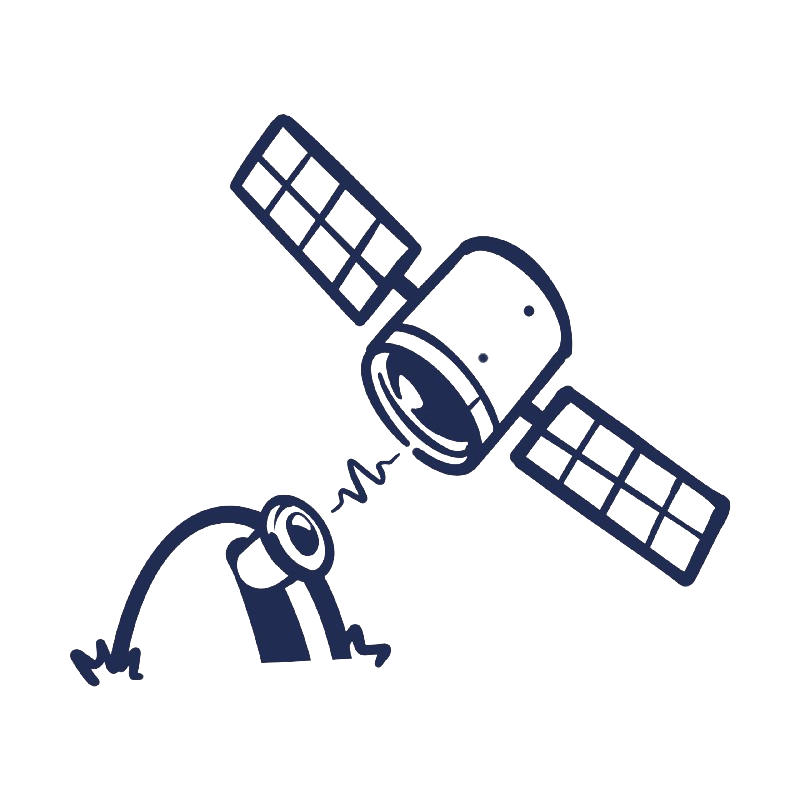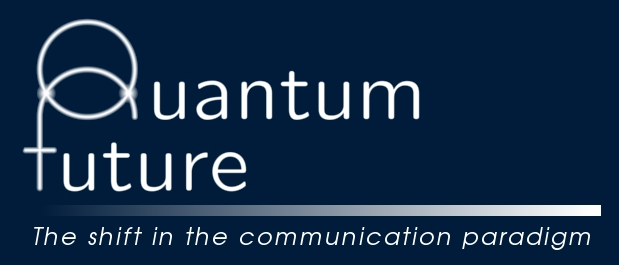Space Quantum Communications

When the free space channel is used either for conventional and quantum communications, the propagation of the beam through the atmosphere can cause degradation of the wavefront and hence decrease the performance of the system. In this perspective the use of deformable optical component is the most promising way in order to overcome this limitation.
This field, known as Adaptive Optics and born for astronomical applications, would be one of the key point when dealing with single photons applications that exploit the free space channel both for ground and space link. Adaptive Optics can be indeed exploited also for general optimization of optical problems by acting on the wavefront as soon as an optimal condition is required.
It will be necessary for all the three research topics to design ad-hoc transmitting (Tx) and receiving (Rx) optical telescopes. Starting from our experience and taking into account our new mathematical modeling, we will design two types of TX and Rx telescopes: the first type is for the very long distance quantum communications (say Satellite toward Ground segment), the second type is typical of the quantum networks and quantum key distribution in Ground to Ground segments. The telescopes for very long haul communications will be similar to astronomical telescopes, with a quantum receiver inserted after the focalization stage of the telescope. There are also differences, mainly the capability of high angular velocities and accelerations, of pointing toward the horizon, of operating in daytime. We wish point out that on the long term vision, these Quantum Telescopes might be used for a very innovative research topic, namely Quantum Astronomy, where the acquisition of the arrival time of each single photon coming from astronomical sources (Stars, Nebulae and Planets) is essentially the main purpose.
